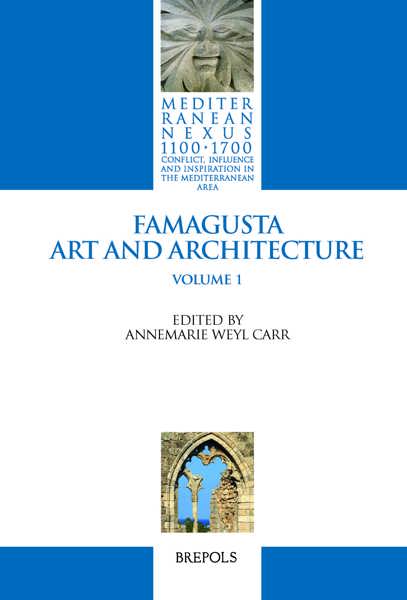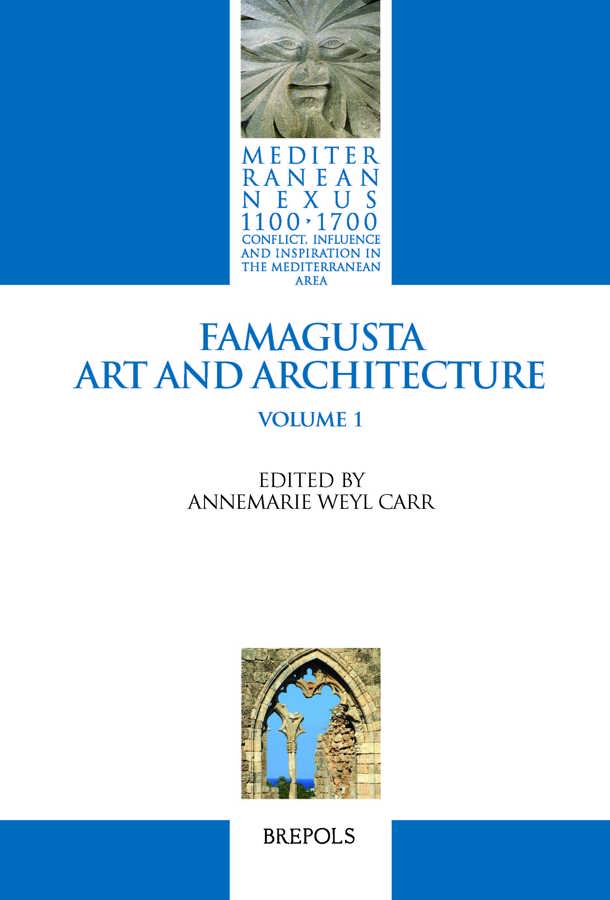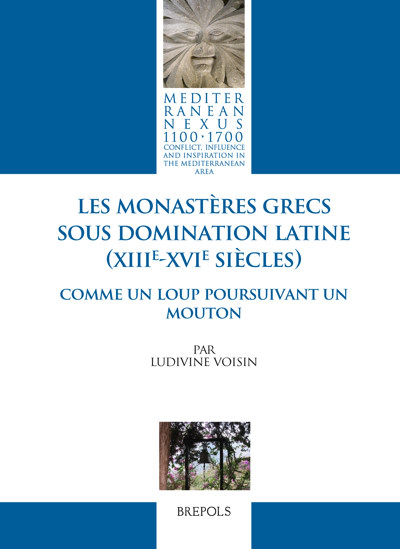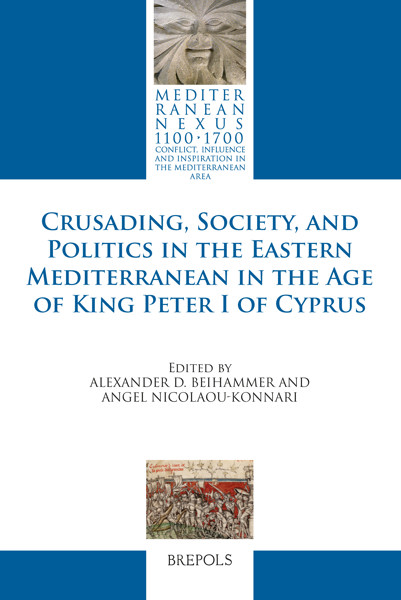
- Pages: 460 p.
- Size:156 x 234 mm
- Illustrations:57 b/w, 149 col.
- Language(s):English
- Publication Year:2015
- € 180,00 EXCL. VAT RETAIL PRICE
- ISBN: 978-2-503-54130-3
- Hardback
- Available
- € 180,00 EXCL. VAT RETAIL PRICE
- ISBN: 978-2-503-56266-7
- E-book
- Available
Newly accessible to scholarly view, the imposing late medieval cityscape of Famagusta here receives its first synthetic examination since Camille Enlart's great study of 1899.
Annemarie Weyl Carr, University Distinguished Professor of Art History Emerita at Southern Methodist University in Dallas, has published on Byzantine and post-Byzantine painting; on art and issues of cultural interchange in the eastern Mediterranean Levant, above all on Cyprus; and on women artists in the Middle Ages. A former president of the International Center of Medieval Art, she is now the Vice President of the Board of the Cyprus American Archaeological Research Institute in Nicosia.
During the period of Latin rule on Cyprus (1191-1571), Famagusta went from being a small fishing village to a populous, cosmopolitan center of international trade by the early fourteenth century. After the fall of Acre in 1291 the Lusignan kings of Cyprus, now also kings of Jerusalem, made Famagusta a quasi capital-in-exile, with a new cathedral as the coronation church of the Kingdom of Jerusalem. The city began to stagnate with shifting trade patterns and the Black Death, was annexed by the Genoese after their invasion and partition of the island in 1374, and was only reunited with the Kingdom of Cyprus in 1464 with King James II “the Bastard’s” reconquest. With the Venetian takeover of the island in 1474, Famagusta experienced a demographic, economic, and artistic renaissance. In 1571, after an epic siege, the city fell to the Ottoman Turks, and from then on visitors described the ruins of the once great Gothic jewel of the Eastern Mediterranean with melancholic nostalgia.
In its heyday, Famagusta was home to Greeks, Franks, Armenians, Jews, Syrians of various religious backgrounds, and numerous merchants from the Italian trading cities, above all Genoa and Venice. Smaller groups completed the mix. With money pouring in from trade and the support of the crown, in the fourteenth century the town was encircled with impressive walls, still extant, and dozens of churches were constructed, adopting unique variations of the Gothic style, including large Latin, Greek, and Syrian cathedrals. Many of these are still intact, others consist of evocative ruins among the palm trees with the backdrop of the blue sea. This fascinating history and its heritage are dealt with within the present volume.
ANNEMARIE WEYL CARR
Introduction
1. TASSOS PAPACOSTAS
Byzantine Famagusta: An Oxymoron?
2. NICOLA COLDSTREAM
Famagusta Cathedral and the Rayonnant Style
3. MICHALIS OLYMPIOS
The Shifting Mantle of Jerusalem. Ecclesiastical Architecture in Lusignan Famagusta
4. MICHALIS OLYMPIOS
Saint George of the Greeks and Its Legacy: A Facet of Urban Greek Church Architecture in Lusignan Cyprus
5. MICHELE BACCI
Patterns of Church Decoration in Famagusta (Fourteenth to Sixteenth Centuries)
6. MARIA PASCHALI
Mural Decoration in Saint George of the Greeks
7. JUSTINE M. ANDREWS
The Role of Genoa in the Visual Culture of Famagusta
8. TASSOS PAPACOSTAS
A Gothic Basilica in the Renaissance: Saint George of the Greeks at Famagusta
Bibliography
Index




